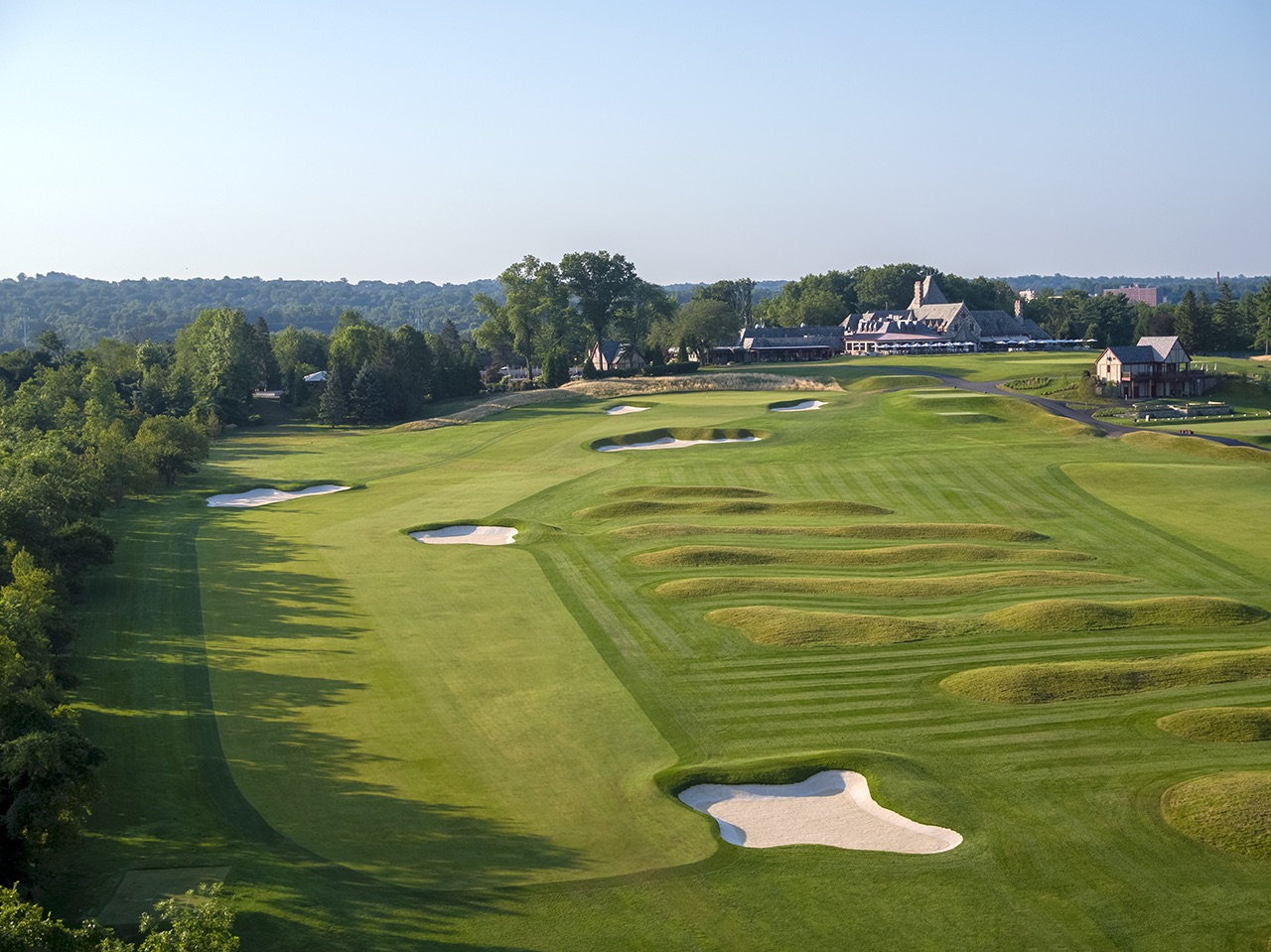Nothing remains static on a golf course for long. Greens tend to shrink due to mowing habits, contours are lost, bunkers change shape and sometimes shift. Given enough time – and often in concert with alterations instituted by well-intended but errant committees – any golf course can lose some of the character intended by the original designer.
Such was the case with Mountain Ridge Country Club in West Caldwell, New Jersey, site of this week’s Cognizant Founders Cup on the LPGA. It will be Mountain Ridge’s first time hosting the event.
Designed by famed architect Donald Ross and opened in 1931, the course had changed over the years, with trees encroaching on playing lines, the greens shrinking and bunkers being altered over the decades through the early 1990s.
Architect Ron Prichard has since spent decades putting the Ross back into the Ross gem. Starting in the mid-’90s, Prichard has expanded putting surfaces back to their original size and dimensions while removing trees that had crept into play. Other upgrades have continued as the restoration has stretched over decades.

An old aerial photo of Mountain Ridge in New Jersey, a Donald Ross design that has been restored by Ron Prichard over the past several decades (Courtesy of Mountain Ridge)
“I put together a plan that would emphasize the size and beauty of those Ross putting surfaces,” Prichard said in information provided to Golfweek by the club via Hunter Public Relations. “They needed a lot of work, as did the bunkering, which had fallen into disrepair. We needed to peel away the pain and expose Ross’s genius.
“My original plan adhered very closely to Ross’s original drawings, with one of the biggest functions pushing out the putting surfaces as they’d all been shrunken down to circles. We had to restore areas that had been abandoned. Since then, it’s been a slow walk through the course, gradually removing trees, including some they loved, like a big Norway spruce behind the sixth green that was taken out to push the surface back.”
Work has continued over the past decade, with several greens rebuilt. The punchbowl seventh green was remodeled after reasonable hole locations shrank to what Prichard called” the size of a hood of your car,” while the pitch of the 17 green was softened. The 18th green, where the Cognizant Founders Cup will wrap up Sunday, was almost “impossible to stop a ball” on because of extreme pitch before it was restored.
Prichard said Ross’s greens are the hallmark of the great designer’s best courses, and all the work at Mountain Ridge has resulted in the course securing a tie for 11th on Golfweek’s Best Private Courses list in a state full of great courses.
“He kind of envisioned golf as two games in one: One was the journey from tee to green and then the great game began when you were on the putting surface,” said Prichard, who has worked on other Ross courses such as Aronimink in Pennsylvania, Jeffersonville also in Pennsylvania, Minikahda in Minnesota and Elmhurst in Canada. “If you were close, you had the potential of making a birdie, but if you’re 30 and 40 feet away, you pretty much don’t have a chance.
“The green structures and the putting surfaces at Mountain Ridge are really among his finest. I think there may be a handful of other golf courses that have putting surfaces that are as beautifully sculpted as on this golf course.”
Check out sketches of Ross’s holes at Mountain Ridge below, before and after photos of the holes as Prichard’s work progressed, and descriptions of the work done.

